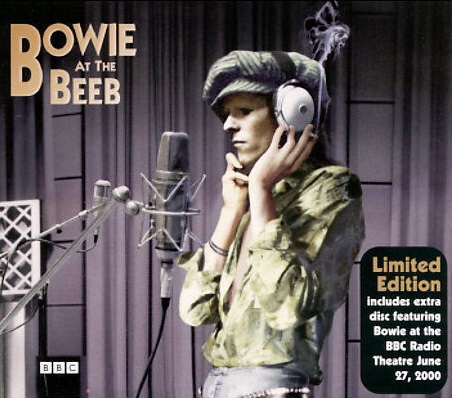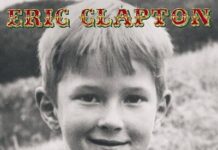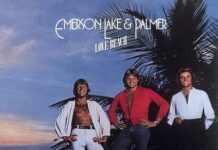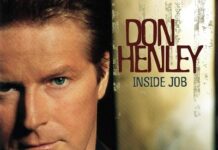David Bowie emerged during the late 60s, gangly and fresh-faced amongst his more bohemian, paisley-powered contemporaries. And while his delivery was deeply steeped in a sort of transcendental folk/mod approach, Bowie was undoubtedly a diamond in the rough, ready to break and run beyond the predictable formulas of the day. Meanwhile, the BBC, Britain’s mighty media conglomerate, was making its own inroads as a hip and modern portal for what was ever Top of the Pops. While showcasing early British superstars like the Beatles, the Stones and the Who was a definitive signpost, it was the next generation of popsters that put the BBC on alert. The three-CD Bowie At The Beeb, released in 2000, clearly shows a young and eager David Bowie mutating into a pop icon who would eventually take the world by storm.
The first two discs of this set actually chronicle Bowie’s BBC radio sessions from 1968 to 1972. With the guidance of producer / bassist Tony Visconti, the first four songs from a May 13, 1968 appearance on John Peel’s BBC program, Top Gear are largely carried by lush orchestrations and 14 musicians including John McLaughlin on guitar. Sounding very unlike the hard-edged dance rhythms that Bowie would become famous for, songs like “In The Heat Of The Morning” and “London Bye Ta Ta” demonstrate Bowie’s ample gifts as a budding singer and songwriter. For a February 10, 1969 appearance, Bowie flexes a little more might and melody with backing from the Moody Blues’ John Lodge and guitarist Tim Renwick on “Let Me Sleep Beside You” and “Janine.”
Once guitarist Mick Ronson climbs aboard for a May 2, 1970 performance, a blues-rock feel accentuated by Bowie’s cosmically-flavored lyrics starts to take shape. While the acoustically-based “Amsterdam” and “God Knows I’m Good” are suitable samples of Bowie’s penchant for psychedelic folk, the Bowie/Ronson interchange locks in firmly during “The Width Of A Circle” with the singer and guitarist tastefully maneuvering an arrangement that was still unrealized. For a March 6, 1971 session, other future spiders join the fold. Songs like the previously unreleased “Looking For A Friend” express a maturity that would become integral to Bowie’s longevity.
While disc one defines the direction, disc two primarily zeroes in on 1972 when Bowie became Ziggy Stardust, his band became The Spiders From Mars, and glam rock took on a life of its own. After a couple of slow numbers from just Bowie and Ronson, Ziggy takes the stage for a January 18, 1972 performance of scorchers like “Hang On To Yourself” and Lou Reed’s “I’m Waiting For The Man.” These stack up nicely alongside another appearance five months later that features a second version of “Ziggy Stardust” (note: It recently came to light that the two versions of “Ziggy Stardust” are one and the same from the John Peel sessions recorded on May 16, 1972. The January 18 version was available for download along with tightly-wound renditions of “Moonage Daydream” and “Suffragette City.” The disc finishes up with May 22 and 23 appearances featuring “Starman,” “Space Oddity,” Changes,” “Andy Warhol” and “Rock n’ Roll Suicide.”
On the third disc – available as a limited edition “bonus” disc – an older and wiser Bowie returns to the BBC for a June 27, 2000 concert at the BBC Radio Theatre. Packed full of latter-day classics like “Ashes To Ashes,” “Fame,” “Stay” and “Let’s Dance,” Bowie was still a potent and viable musical force at the beginning of the new century whose ageless appearance and command of the stage seemed no worse for the wear. To that end, Bowie At The Beeb covers the main arch of Bowie’s peak years and longtime relationship with the BBC.
~ Shawn Perry




















